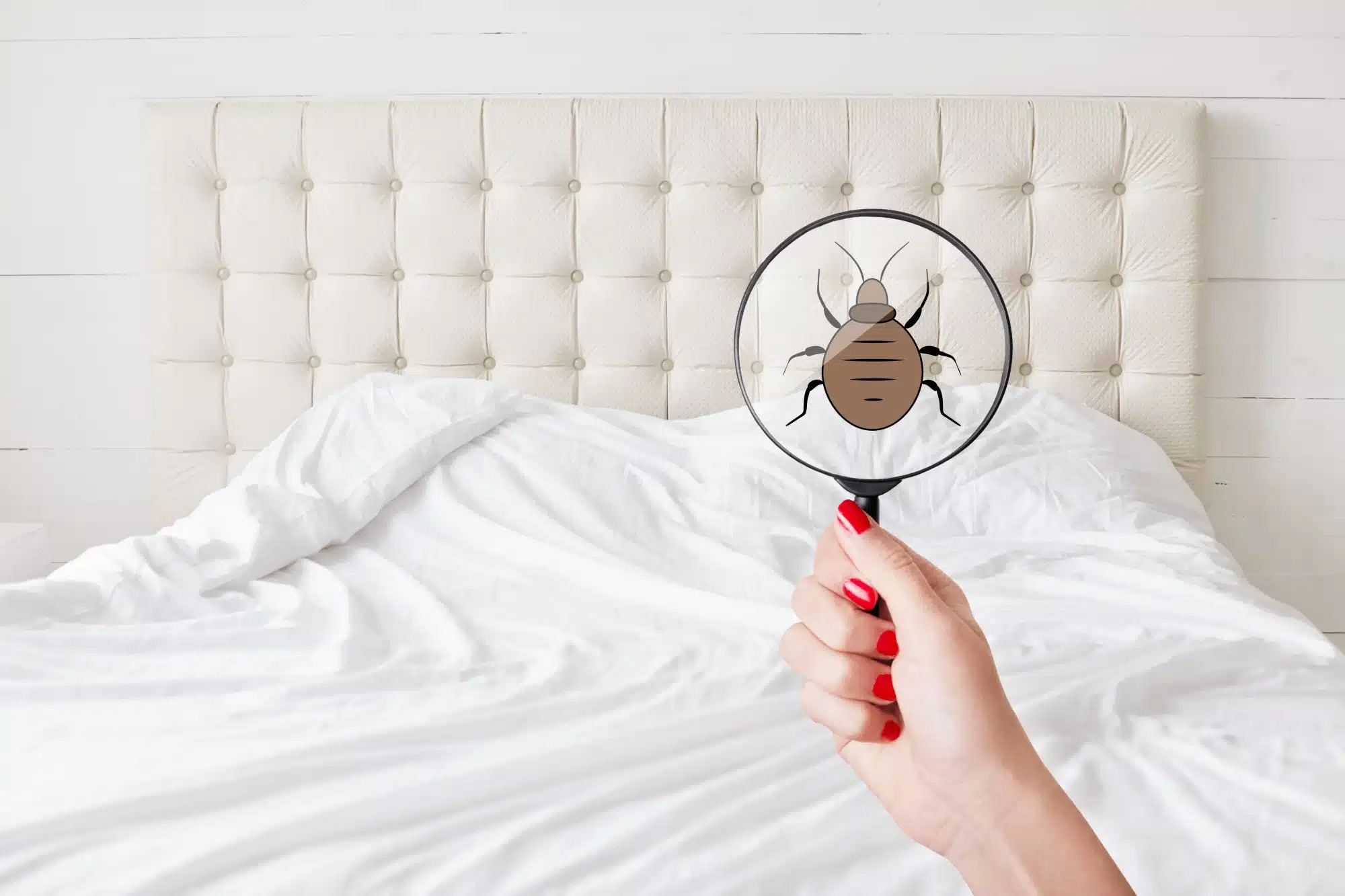How to Prevent Bed Bugs
Did you know that bed bugs affect 1 in 5 households every year?
You probably have heard about these tiny parasitic insects that can invade your home and cause all kinds of problems. So, preventing bed bugs is an important step to take when you want to protect your home and family.
If you are wondering how to prevent bed bugs, this short and simple guide is for you.
Know the Signs of Bed Bug Activity
The first step to identifying a bed bug infestation is by knowing the signs of activity.
Bed bugs are nocturnal, so you won’t often see them during the day. However, if there are large numbers of bed bugs in your home, you may glimpse them moving around on walls or floors when you turn on lights at night.
Look for small brownish specks that move quickly across surfaces such as sheets, mattresses, and furniture legs. You might also notice a musty odor in your home or on your skin after waking up from a restful night’s sleep.
Bed bugs also leave behind fecal matter as they travel around the house and feed on blood. You may also notice tiny red bite marks on your skin when you wake up in the morning.
These bite marks can be itchy and painful, especially if you have a severe reaction to the bites.
If you notice any of these signs in your home, it’s important to take action quickly. Bed bugs are difficult to get rid of and can spread rapidly.
Inspect Your Furniture
You must inspect all the furniture in your home for signs of bed bug infestation.
Check behind and underneath any furniture where bed bugs could hide out during the day. If you discover any traces of blood or fecal matter on the surfaces, look closely at the seams and other areas where it may hide out.
Sometimes it’s difficult to find evidence of an infestation unless there are already several adults present in your bedroom. It’s also possible for them to live under floorboards or other nooks and crannies throughout the house.
Remove Clutter From Your Home
Bed bugs like dark, secluded places where they can hide during the day. Clutter provides these hiding places, so get rid of anything that is not essential to your daily life.
This includes old newspapers, magazines, clothing, and other items you don’t use often or need anymore. If you have a storage room or attic full of things you don’t need anymore, consider donating or throwing away the items rather than moving them into the house.
Bed bugs can live in clutter, but they prefer to stay close to their hosts. If you keep your home tidy and free of clutter, it will be easier for you to spot any bed bug activity.
Clean Your Home Thoroughly
Bed bugs are very good at hiding, so you need to make sure you clean every nook and cranny. Vacuum the cracks and crevices of the mattress, box springs, and headboard.
Use a hand-held vacuum with a crevice tool attachment. This will get into all the small spaces in your furniture that are hard to reach with a traditional vacuum.
Don’t forget about other items that are likely hiding spots for bed bugs. This includes behind picture frames, inside electrical outlets or light switches, and around baseboards and door frames.
Use Bed Bug Covers on Mattresses and Box Springs
If you have a bug problem, you probably will find them inside mattresses and box springs.
To prevent an infestation inside your mattress, cover it with a fitted cover made specifically for this purpose. These covers will also protect against dust mites and other allergens that could trigger allergies in your family members.
You can also place a barrier between your mattress and box spring by placing cardboard pieces between them before putting on the fitted cover.
Check Your Luggage When You Travel
Bed bugs can’t fly or jump, but they can crawl into your luggage and hide in clothing folds. So if you travel, be sure to check your luggage before returning homes for signs of bed bugs.
Look for dark spots or small live insects crawling on your clothes or other items in your bag. Look for other signs of bed bugs such as their black, flat, and oval-shaped eggs, as well as live bed bugs that are about the size of an apple seed.
If you see any of these signs, contact your local exterminator immediately. Bed bugs can be difficult to get rid of on your own because they hide in tight places and resist the most common pesticides.
Be Careful When Buying Used Furniture
Bed bugs can live for up to 18 months without a blood meal. So, even buying used furniture from a reputable source won’t protect you.
Bed bugs are tiny and can hide in many places, including seams, cracks, and crevices of furniture.
When shopping for used furniture, look for signs of bed bug infestation. This includes dark spots on mattresses, box springs, or other surfaces.
You should ask for an inspection report. If they give you an inspection report showing that the furniture has been treated, it’s probably safe to purchase.
Keep Your Home Dry at All Times
Bed bugs can’t live in a dry environment, so keeping your home at a comfortable temperature will help keep them away.
If you live in an area that experiences significant rainfall, consider installing a dehumidifier and running it at the highest setting. If you have a basement home, make sure it’s well-insulated and dry.
If you have a crawl space or other area of your home that has poor ventilation, it may be necessary to install an exhaust fan. You should also check your attic and make sure there are no leaks anywhere that could cause moisture build-up.
Bed Bugs: This Is What You Need to Know
Whether you’re renting or buying your home, it might be a good idea to keep this checklist handy. Being able to spot the signs of bed bugs early on will prevent them from becoming a major problem in your home.
Don’t forget to browse our site for advice on home, travel, business, and more.




